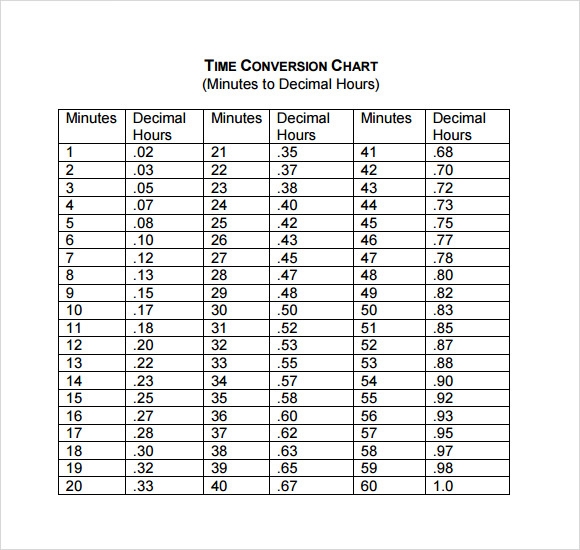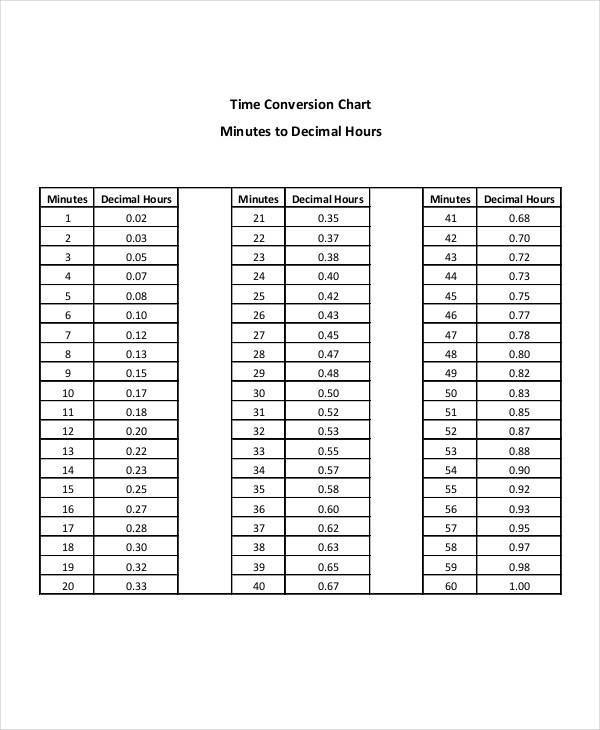Decimal time is a timekeeping system that represents time intervals as fractions of a day. In this system, the day is divided into 10 equal parts, each called a “decimal hour.” Each decimal hour is further divided into 100 equal parts called “decimal minutes,” and each decimal minute is divided into 100 equal parts called “decimal seconds.” This system simplifies time calculations and conversions, making it easier to work with time-related tasks.
Decimal time charts are used to convert traditional time units (hours, minutes, and seconds) into decimal time units. To use a decimal time chart, find the corresponding decimal time value for the traditional time unit you want to convert. For example, if you want to convert 2 hours, 30 minutes, and 45 seconds into decimal time, you would find the values for each unit in the chart and add them up to get the total decimal time value.
Benefits of Using Decimal Time
One of the main benefits of using decimal time is its simplicity and ease of use for time calculations. It eliminates the need for complex conversions between hours, minutes, and seconds, making it more efficient for tasks that involve time-related calculations. Decimal time is also used in some scientific and technical fields where precise time measurements are required. Overall, decimal time offers a straightforward and convenient way to work with time intervals.

